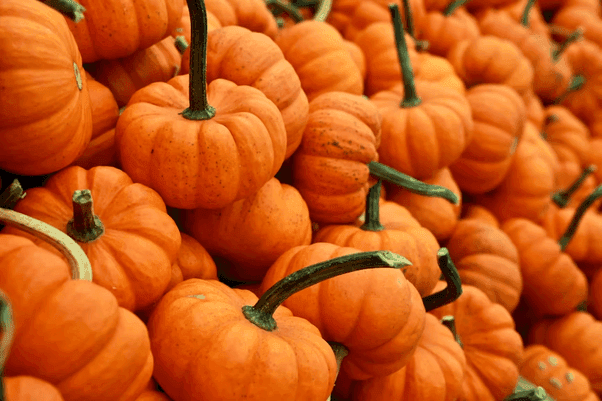Pumpkins in America: From Ancient Fields to Seasonal Favorites

October signals the height of pumpkin season in the United States. Farmers across the country bring in their crops, with Illinois leading production at 15,400 acres in 2023. Other major contributors include California, Indiana, Michigan, Pennsylvania, and Washington. Pumpkins serve many purposes, from culinary creations and decorative displays to Halloween carvings and competitive giant pumpkin contests. Their presence marks the arrival of autumn for communities nationwide.
A Legacy Rooted in History
Pumpkins trace their origins to Central and South America. Native Americans introduced them to North America, carrying seeds across regions. Archaeologists have found pumpkin seeds in Mexico dating back nearly 9,000 years. In traditional Native American agriculture, pumpkins were grown alongside corn and beans in the "three sisters" system. Each plant supported the others: corn offered a structure for beans, beans enriched the soil with nitrogen, and pumpkin vines shaded the ground, suppressing weeds and conserving moisture.
Every part of the pumpkin plant had a use. The flowers were edible, while the hard outer shells were dried, sliced into strips, and sometimes woven into mats. This resourcefulness made pumpkins an essential component of daily life, offering nourishment, utility, and sustainability.
The Emergence of Pumpkin Spice
Pumpkin spice, a blend of cinnamon, nutmeg, ginger, cloves, and allspice, has long been part of American culinary tradition. These spices were used to flavor and preserve fall harvests. The contemporary craze for pumpkin spice took off with Starbucks’ introduction of the Pumpkin Spice Latte in 2003. The beverage quickly gained a devoted following, inspiring an entire category of pumpkin-flavored products that extended beyond coffee to desserts, snacks, and home goods.
The Early Arrival of Pumpkin Flavor
Pumpkin spice season now arrives earlier each year. In 2025, Starbucks launched its fall menu on August 26, well before the official start of autumn. This shift, sometimes called "Augtober," reflects consumer enthusiasm for fall flavors and the marketing strategies that aim to lengthen the seasonal shopping period. Early releases satisfy demand and maintain excitement for pumpkin-inspired products.
Cultural and Economic Influence
Pumpkin spice has grown into a cultural phenomenon. Its influence reaches beyond beverages to candles, cookies, marshmallows, and even lotions. This popularity has economic implications, encouraging companies to release seasonal products earlier to capture consumer interest. Pumpkin spice evokes a sense of comfort and nostalgia, connecting people to autumn traditions and holidays, which helps explain its enduring appeal.
Agritourism and Community Connection
Pumpkins contribute significantly to agritourism and local economies. Many farms host "you-pick" events where visitors can harvest their own pumpkins, ensuring freshness while creating memorable experiences. These visits are often paired with activities such as corn mazes, hayrides, and petting zoos. These opportunities allow communities to engage with local agriculture, fostering connections and celebrating the season together.
Conclusion
From ancient cultivation in the Americas to modern-day seasonal favorites, pumpkins have become a symbol of autumn in the United States. Their versatility in food, decoration, and community activities highlights their lasting significance. The growing popularity of pumpkin spice and the trend of early seasonal releases reflect a collective desire for familiarity and comfort, signaling the arrival of fall long before the leaves begin to turn.
Business News
Eric Prydz Accuses Former Business Manager of Financial Misconduct
Berkshire Signals a New Era With a Bold Alphabet Investment
InterDigital Bets Big on AI Video Future with Deep Render Acquisition
Amazon to Cut 14,000 Corporate Jobs Amid Heavy AI Investments
Sustainable Manufacturing Through Smarter Plastic Molding




















